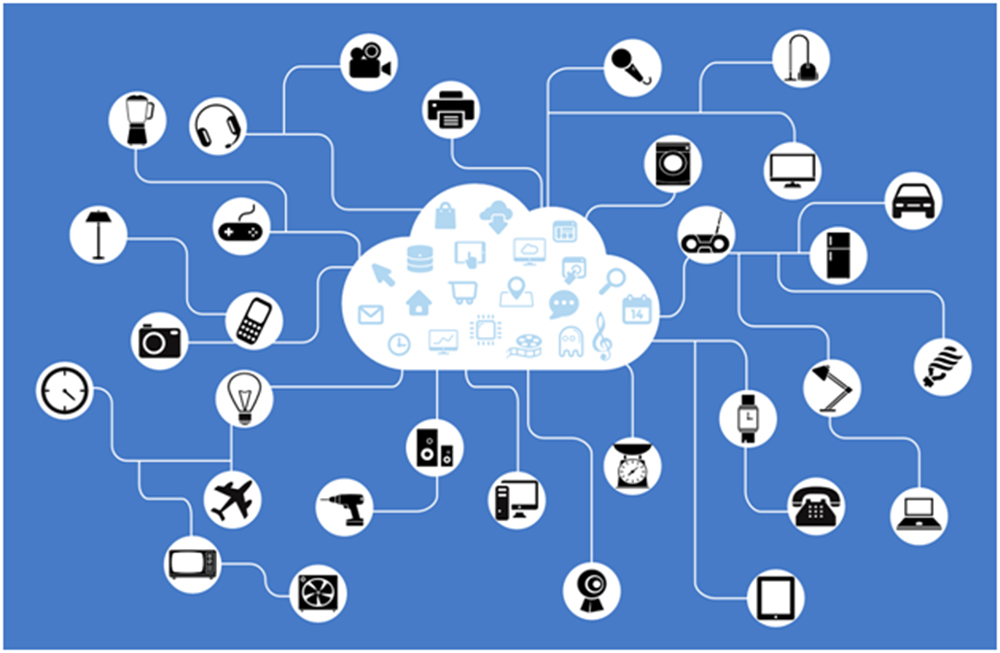November 10, 2019
In our previous posts, on MRO in aviation and SCM, we have dived into the various benefits that IoT can provide for us. However, lack of clear domineering parties in the industry raise questions about the future of the technology in the marketplace.
Many enterprises were trying to standardise the market, processes, and devices involved in IoT, to make the entire infrastructure secure from the very base. However, the lack of leadership is keeping things from progressing in that direction, meaning it doesn’t seem likely that a leading enterprise in the IoT industry, will pave that clear-cut way which brought smartphones and PCs into the mainstream.

The Inevitable Fragmentation
In a recent blog published on IoT Agenda by Zach Supalla, enlightenment was brought on to the reason why the future of IoT will be unlike the future of other contemporary technology.
He stated that IoT is a great deal different than what we have yet seen. The technology has too many branches to limit it to only one tree. For example, it would be really tricky for an enterprise to provide a specialised solution for home automation, or smart energy grids with same levels of excellence. This is why many of the startups in the field have failed despite having all the required resources. They didn’t choose one area of expertise and instead tried to work around multiple roots, which is certainly not the best way to start.
So as things stand right now, it is highly doubtful that IoT will ever have the sort of ‘industry leadership’, which we have come to expect out of the contemporary technology industries. As Zach puts it, “if any businesses manage to establish the kind of market leadership we’re familiar with today, it will be those that master the building blocks of IoT rather than those that attempt to address a multitude of use cases.”
5G
The complexity of an IoT network will inevitably increase as more practical applications come into existence. This creates a major problem for the 3rd and 4th generation of wireless systems that can easily be overwhelmed by large amounts of data, which will be transferred as a result of the need of real-time communication and accompanying security measures.
This is why, it’s not hard to imagine how 5G will be the most acceptable part of IoT’s future. Without a faster connection between remote devices, it will be really difficult to accommodate many devices in a network as theywould require the optimal use of the technology.
Machine Learning
Back in early 2017, Gartner made a profound prediction that by the year 2020, there will be around 20.4 billion connected devices around the globe. This prediction, considering the explosion of IoT devices from 4.9 million in 2015 to 3.9 billion in 2016, is definitely not an overestimation. Considering the amount of data that will need processing, it is clear that only machine learning solutions would be able to accomplish that.
Already, the amount of data that is being transferred is on the scales of Petabytes, especially in the aviation industry which according to a report published by General Electrics, is already struggling to make use of the available data owing to the lack of capabilities and resources. The report states that sensors on one jet engine are creating one terabyte of data in just five hours of flight, and since this number is destined to increase, the involvement of machine learning becomes inevitable.
Wrap Up
It is clear that IoT will be a huge part of our future, but how its own future will unfold is still uncertain. Nevertheless, IoT is not like other technologies, when on the heights of its potential, it will be a lot bigger than any other tech-growth we have seen so far.
Resources:
https://internetofthingsagenda.techtarget.com/blog/IoT-Agenda/The-inevitable-fragmentation-of-IoT
https://www.zdnet.com/article/the-future-of-enterprise-iot-2-factors-to-watch/
https://www.gartner.com/newsroom/id/3598917